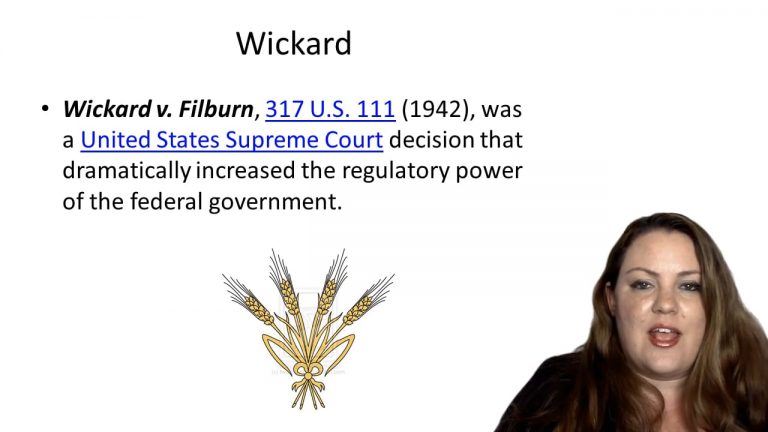SmartBrief
Confirm favorite deletion?
Constitutional Law Keyed to Barnett
Schechter Poultry Corp v. United States
Citation:
295 U.S. 495 (1935)Facts
A.L.A. Schechter Poultry Corporation operated a poultry slaughterhouse in Brooklyn, New York. Schechter Poultry Corp. did not sell its meat in interstate commerce, but purchased live poultry for slaughter from retailers outside New York. In 1933, Congress passed the National Industrial Recovery Act, which authorized the President to create standards to ensure fair competition between businesses (‘codes of fair competition’). One of the codes established by the President pursuant to the NIRA was the Live Poultry Code, which required poultry businesses in New York City to comply with maximum work hours and wages for employees (forty hour work weeks, and pay of at least 50 cents per hour). Additionally, the Code prohibited individuals under the age of sixteen from working, and gave employees certain labor rights, including collective bargaining. Finally, the Code required those businesses to comply with certain practices to prevent unfair competition. The U.S. government sued Schechter Poultry Corp. for violating the National Industrial Recovery Act, including its minimum and wage and maximum hour requirements.
Only StudyBuddy Pro offers the complete Case Brief Anatomy*
Access the most important case brief elements for optimal case understanding.
*Case Brief Anatomy includes: Brief Prologue, Complete Case Brief, Brief Epilogue
- The Brief Prologue provides necessary case brief introductory information and includes:
Topic:
Identifies the topic of law and where this case fits within your course outline.Parties:
Identifies the cast of characters involved in the case.Procedural Posture & History:
Shares the case history with how lower courts have ruled on the matter.Case Key Terms, Acts, Doctrines, etc.:
A case specific Legal Term Dictionary.Case Doctrines, Acts, Statutes, Amendments and Treatises:
Identifies and Defines Legal Authority used in this case.
- The Case Brief is the complete case summarized and authored in the traditional Law School I.R.A.C. format. The Pro case brief includes:
Brief Facts:
A Synopsis of the Facts of the case.Rule of Law:
Identifies the Legal Principle the Court used in deciding the case.Facts:
What are the factual circumstances that gave rise to the civil or criminal case? What is the relationship of the Parties that are involved in the case.Issue(s):
Lists the Questions of Law that are raised by the Facts of the case.Holding:
Shares the Court's answer to the legal questions raised in the issue.Concurring / Dissenting Opinions:
Includes valuable concurring or dissenting opinions and their key points.Reasoning and Analysis:
Identifies the chain of argument(s) which led the judges to rule as they did.
- The Brief Prologue closes the case brief with important forward-looking discussion and includes:
Policy:
Identifies the Policy if any that has been established by the case.Court Direction:
Shares where the Court went from here for this case.
Topic Resources
Topic Outline

 9m 38s
9m 38s